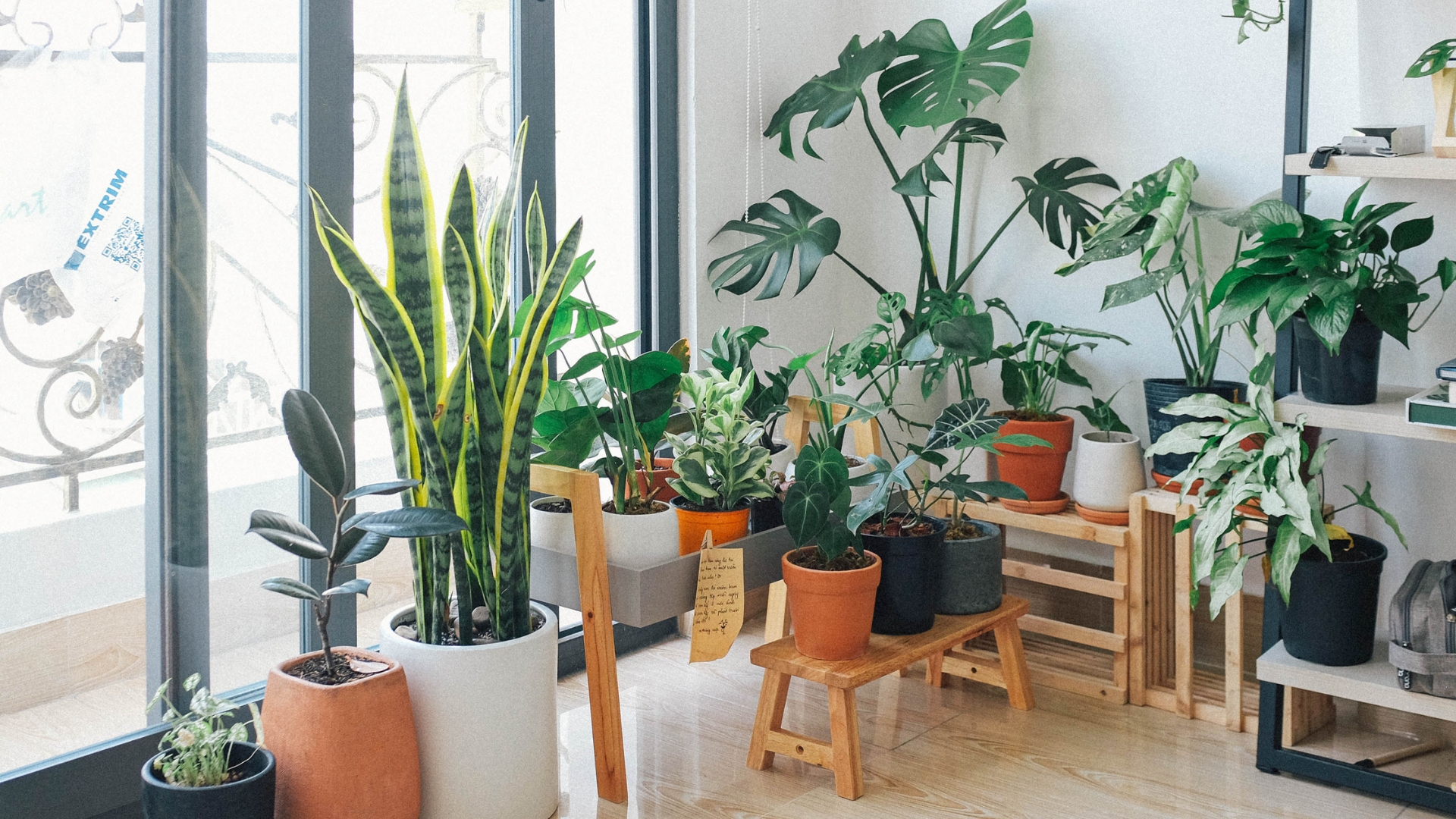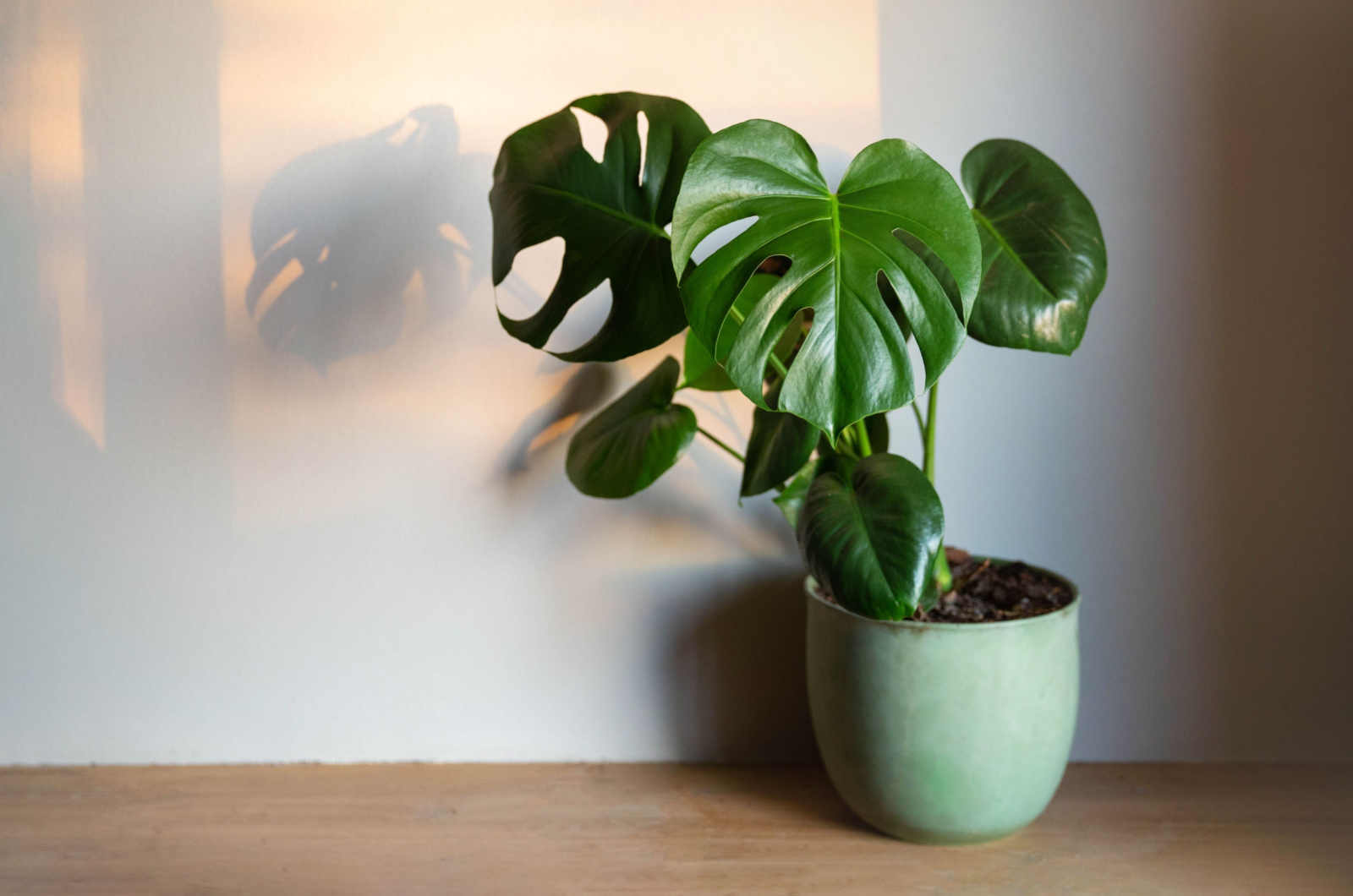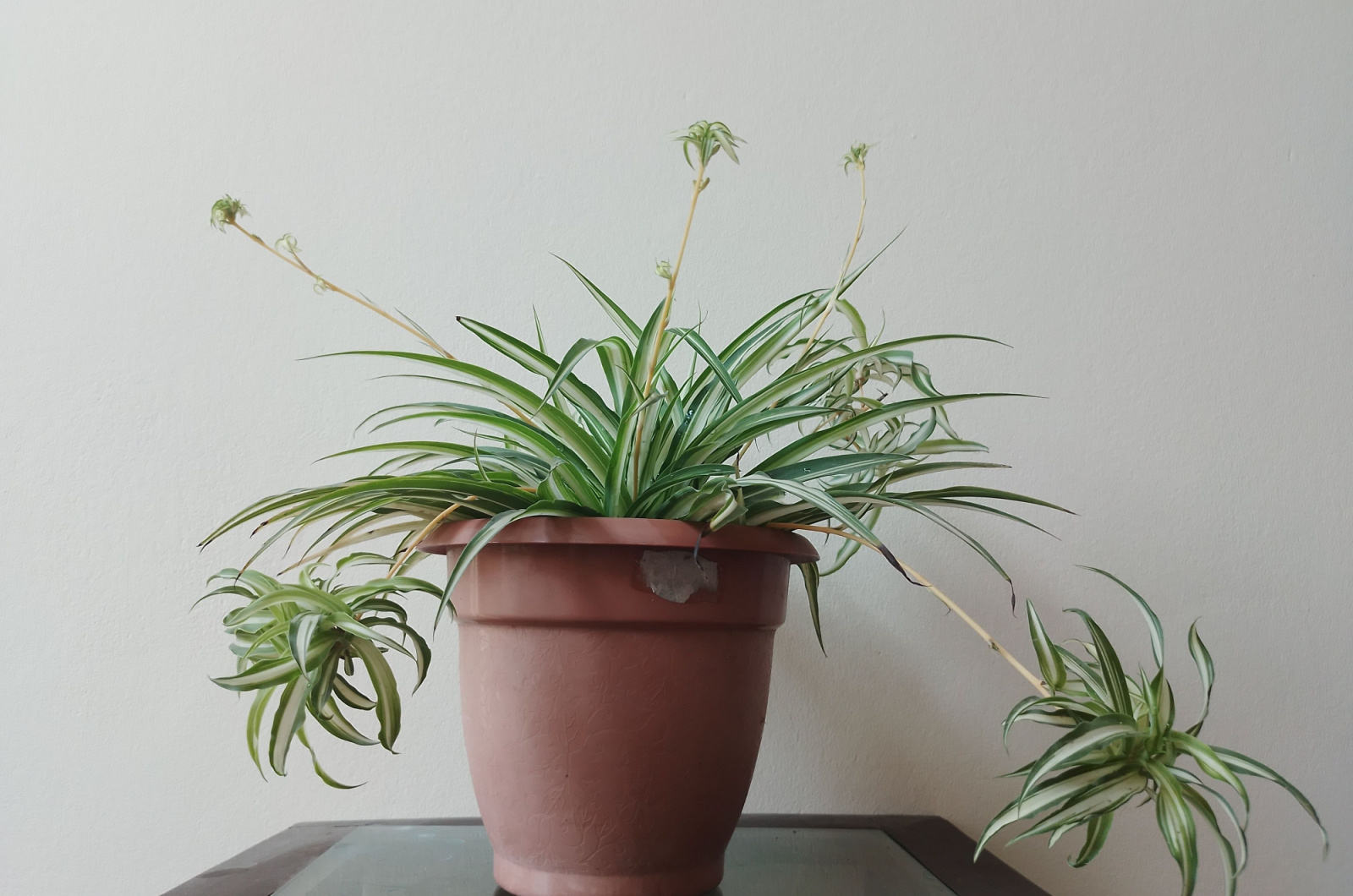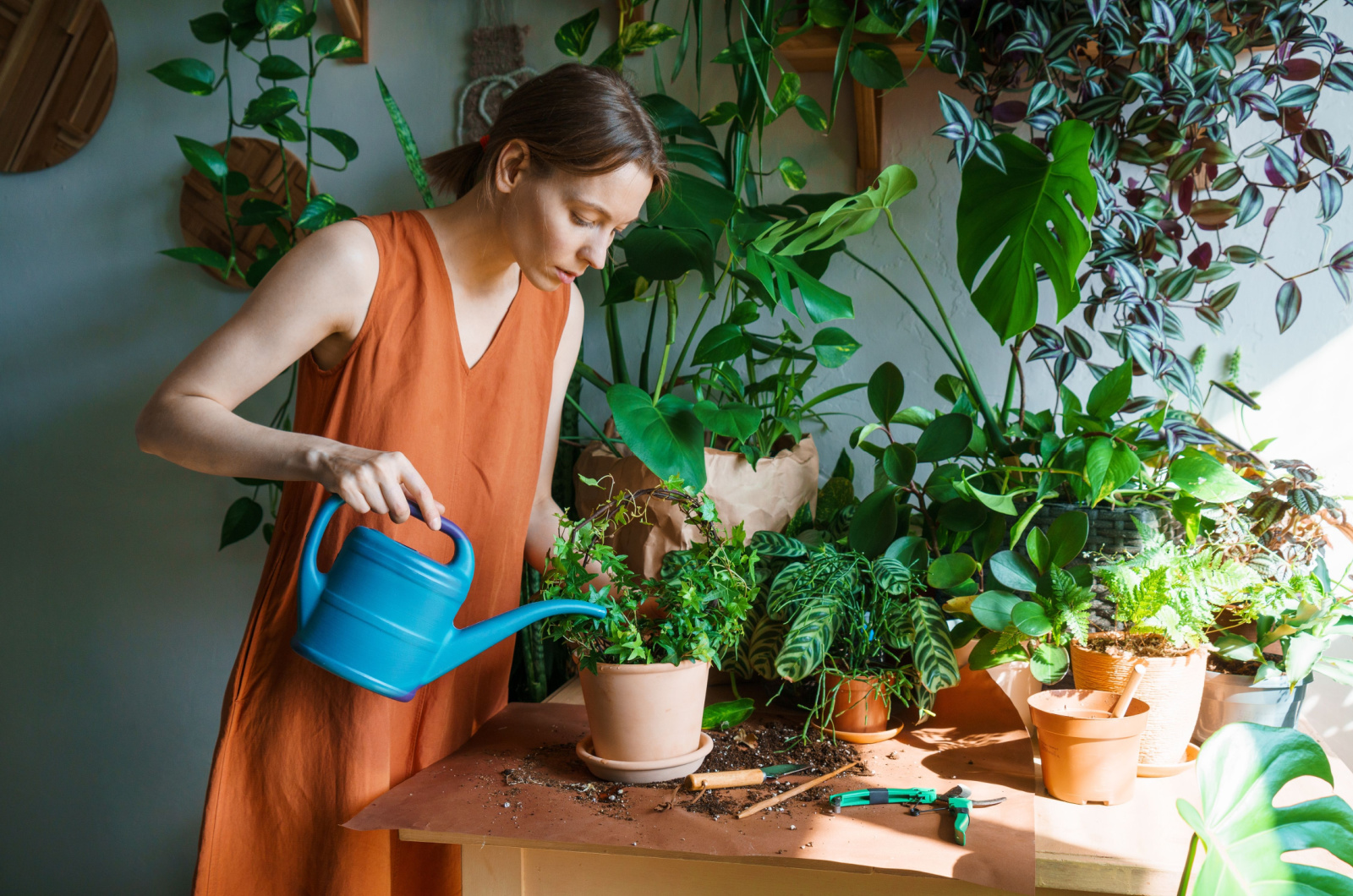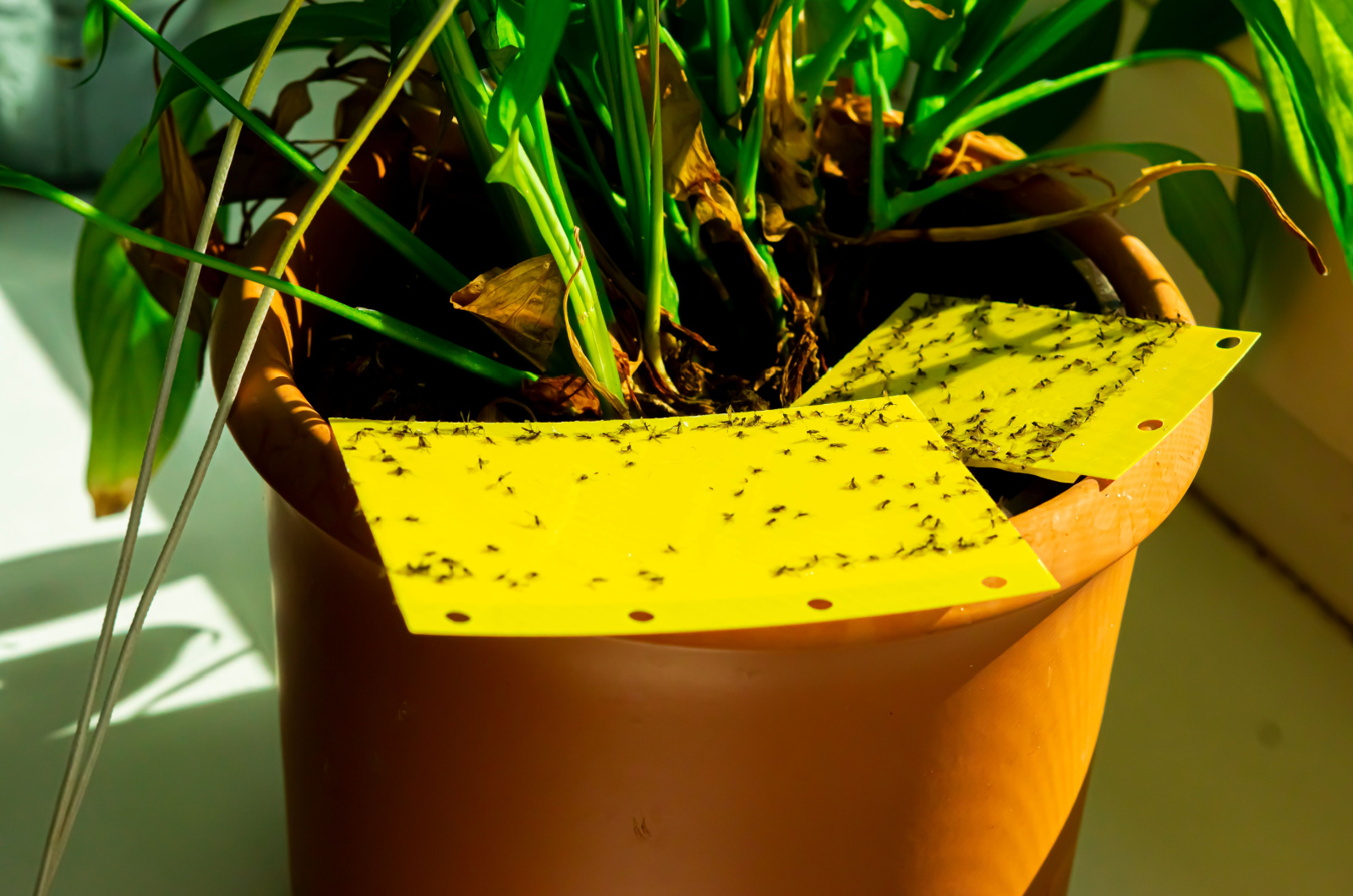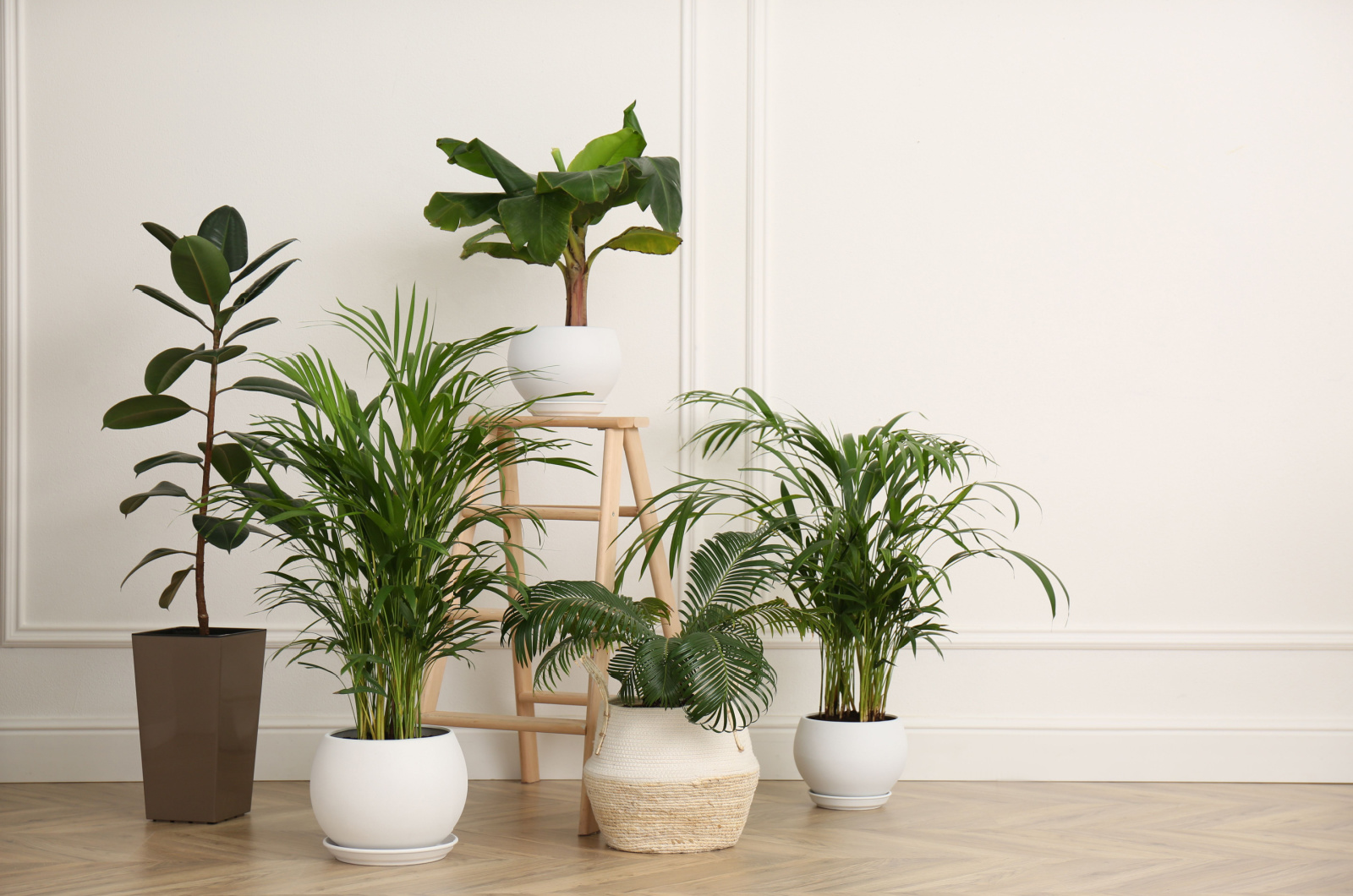You may hear different opinions related to plant cultivation and how difficult it is. Some growers may tell you that it’s super easy while others might claim differently.
As an experienced gardener, I must tell you that this is one of the most rewarding jobs ever and I can’t even describe the joy whenever I see my green buddies happy and healthy.
However, there are some things to be careful about, especially if you’re just starting out. Well, I experimented a lot and had different results which, in many cases, weren’t really satisfying.
If I was starting with plants in 2024, I’d do this!
Choose A Perfect Plant
Of course, the first thing you’ll do is get a new plant. Sometimes, we may get plants for birthdays but in most cases, we go and purchase the ones we like.
When you visit nurseries, garden centers, or grocery stores, you’ll notice a wide variety of plant species and it can be really tough to decide which one to take home.
It would be great if you could take any plant you like, but that’s not something I would recommend.
Each plant has different care requirements and, if you’re a beginner, you must choose the ones labeled as easy-to-maintain. The Internet can help you research the care requirements of a specific species and you can read the experiences of other growers.
For instance, Calatheas and orchids should not be your first plants because they can be very fussy over growing conditions. Trust me, you don’t want to spend hours wondering why they don’t perform well even though you followed all the instructions.
There are many houseplants that will thrive even with a bit of neglect, which is perfect for novices.
Peace lilies, Monsteras, and snake plants are renowned for their easy-going nature and you don’t need any special skill to keep them happy and healthy.
So, instead of choosing plants based on their appearance, select the ones that won’t make your life a living hell.
Check For Pests
Here comes the thing many experienced growers may forget to tell you: you should inspect your plant for pests before you purchase it!
This may sound like too much for beginners but it will help you avoid many issues later. Take the plant you want to purchase and start inspecting it carefully.
You’re looking for tiny spots on the leaf surfaces and undersides. Pests, such as spider mites, thrips, scales, and aphids, are common in plants, and the last thing you want is to deal with these creatures.
Webbing, sticky substances, holes in the leaves, and discoloration are some of the telltale signs of infestation.
If you notice any of these signs, run away! I mean, put the plant back and look for a pest-free one…
Once you finish the leaf inspection and everything looks fine, take a look at the soil. Spider mites can hide in the soil and webbing on the soil surface may indicate infestation.
If both the soil and foliage look healthy, purchase the plant and embark on an exciting journey!
Isolate If Necessary
Once you introduce your green buddy to your home, the next step is to check it for pests again. You may think that I exaggerate but inspecting for pests is way easier than dealing with infestations!
After a few infested plants, I started using a simple technique: isolating newly bought plants for a week! This is optional but I highly recommend it as it can save you so much trouble.
Of course, if you don’t have any plants at your home, you can skip this step. But if you’ve purchased more than one plant or you already have some, better safe than sorry!
Inspect The Roots
Another issue that can occur in newly bought plants is root rot, so you need to make sure the roots are healthy and plump.
Additionally, you should check if they need more space or soil because plants may come rootbound.
Healthy roots are typically plump and white or green in color, whereas the unhealthy ones are dark, mushy, and often have a foul odor.
If the roots are long and tangled, you may be dealing with a rootbound plant. In this case, you’ll most likely need to repot the plant to a larger container and give it more soil.
Water Your Green Buddy
Your pest-free and healthy plant will most likely need watering, and this is where you should be very careful. Do not add water if the growing substrate is still moist!
Beginner growers frequently struggle with overwatered plants and one of the main reasons is that they stick to a fixed watering schedule.
Some care guides may suggest watering specific plants every 3 days but you should never follow this. The conditions found in your home may not be the same and your plant may not lose water at the same rate.
For instance, plants will need more water if they receive more light or if the humidity around them is higher.
Simply put your finger in the growing substrate and if it feels dry, proceed with watering. If you feel unsure about this technique, you can use a moisture meter to help you determine if your green buddy is thirsty.
Don’t Fertilize Yet
Feeding is an excellent way to encourage growth in your prized plant. However, fertilizers work only if applied correctly and on time.
If you’ve just bought the plant, do not feed it immediately. The main reason for skipping fertilization is that we don’t know when the plant was fertilized last time. It could have been a while or the nursery staff may have fertilized it that morning.
Don’t worry, your plant won’t die if you don’t feed; wait for about a month and then fertilize it according to the recommended schedule.
Remember that adding too much fertilizer can affect your plant’s health severely.
Install Fungus Gnat Catchers
It may seem as if I’m talking about pests too much, but they’re one of the most common reasons for dying plants.
Annoying fungus gnats love munching on plants and it’s not a problem if there are only a few of them. Installing fungus gnat catchers is an excellent way to control these pests.
If your catcher is covered in these creatures, you have a problem with infestation. You’ll most likely need to use other methods for pest control, such as applying horticultural oils or insecticidal soap solution.
Find An Ideal Spot For Your New Plant
If your plant is inspected, hydrated, and pest-free, it’s time for you to find a perfect spot. The factor that determines the ideal location for your green buddies is light exposure.
Plant light requirements may differ depending on the species, but the majority of houseplants prefer bright indirect light. This basically means moving your plant away from direct sunlight in order to avoid scorching and burning the leaves.
Some plants for south-facing windows include Aloe vera, jasmine, and jade plants.
For west-facing windows, plants such as Monsteras, Crotons, and Air plants are ideal because they prefer indirect sunlight.
If the only spot available is near a north-facing window, plants such as Peace lily, spider plant, and ZZ plant are the best choices.
Those who struggle with ensuring the correct light level for their indoor plants should consider investing in artificial lights.
Follow The Correct Care Guide
Caring for plants includes watering, feeding, and pruning. Remember that plants aren’t drama queens (except for orchids and Calatheas) and they’ll be happy and healthy with a little water and food.
You can see the recommended feeding schedule for plants on the label or research online. The only problem is to create a perfect watering schedule.
Always check the moisture content in the growing substrate before adding more water. This is the only way to avoid watering issues that can be fatal for your plants.
Just follow our guidelines and you’ll get the gist in no time! I wish someone told me all these things when I was out starting with cultivation, my collection would be twice as big!
Happy growing!

